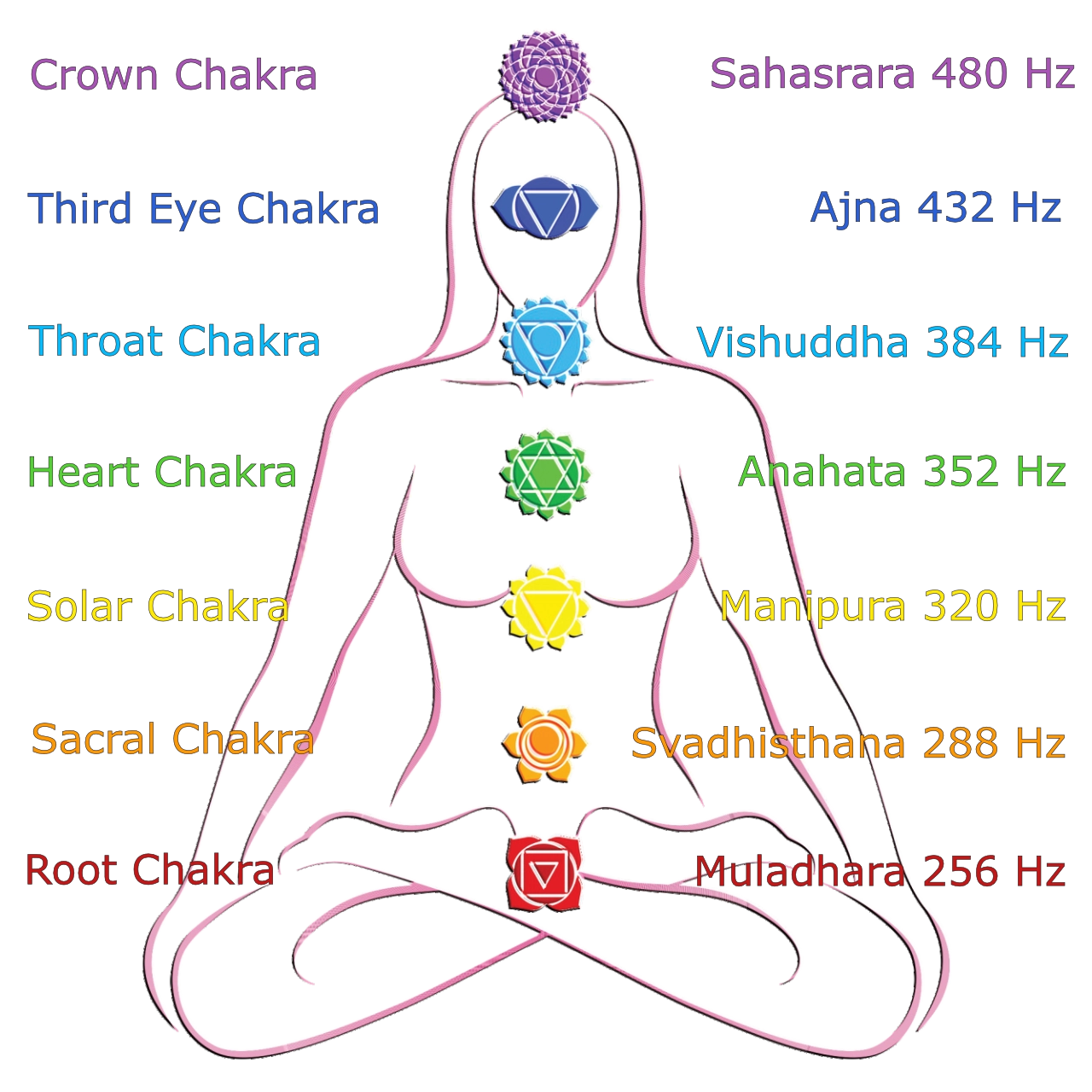Symbols

Chakras are various focal points
Chakras are various focal points used in a variety of ancient meditation practices, collectively denominated as Tantra, or the esoteric or inner traditions of Hinduism.
The concept is found in the early traditions of Hinduism. Beliefs differ between the Indian religions, with many Buddhist texts consistently mentioning five chakras, while Hindu sources offer six or even seven.Early Sanskrit texts speak of them both as meditative visualizations combining flowers and mantras and as physical entities in the body.
Some modern interpreters speak of them as complexes of electromagnetic variety, the precise degree and variety of which directly arise from a synthetic average of all positive and negative so-called „fields“, thus eventuating the complex Nadi.
Within kundalini yoga, the techniques of breath exercises, visualizations, mudras, bandhas, kriyas, and mantras are focused on manipulating the flow of subtle energy through chakras.
There are seven main chakras and there are also numerous secondary chakras, eg B. in the hands, in which the 7 main chakras are reflected in a special way.
The entire, closely interlinked system of the main and secondary chakras forms the so-called lotus tree. It corresponds to the bodhi tree under which the Buddha had his enlightenment.
Rudolf Steiner on chakras
In his lectures „Popular Occultism“ Rudolf Steiner described the system of the seven main lotus flowers as follows:
“There are seven such astral organs. The first, the two-petalled lotus flower, is in the region of the bridge of the nose; the second, the sixteen-petalled, is at the level of the larynx; the third, the twelve-petalled, at the level of the heart; the fourth, the eight to ten-petalled, near the navel; the fifth, the six-petalled, a little lower down; the sixth, the four-petalled, still below, the swastika, which is connected with all that is fertilization; the seventh cannot simply be spoken of. These six organs have the same meaning for the soul world as the physical senses have for the perception of the sense world. „
GA 94, p. 173
“The individual mental and spiritual organs that are formed can be called comparatively“ lotus flowers ”, according to the form that supersensible consciousness has to make of them (imaginatively). (Of course you have to be clear that such a designation has nothing more to do with the matter than the expression „wing“ when one speaks of „lungs“.
The astral body is affected by very specific types of inner immersion in such a way that one or the other spiritual and spiritual organ, one or the other „lotus flower“ is formed. After all that has been said in this book, it should be superfluous to emphasize that one does not have to think of these „organs of observation“ as something that in the imagination of one’s sensual image is an imprint of one’s reality.
These „organs“ are supersensible and consist in a certain form of soul activity; and they exist only insofar and as long as this soul activity is practiced.
Something that can be viewed as sensible is as little in man with these organs as there is some „haze“ around him when he thinks. Anyone who wants to imagine the supersensible in a sensual way ends up in misunderstandings. „
GA 13, p. 345)
“The difference between physical and astral organs is that man’s physical sense organs are passive; they let everything act on them from the outside. The eyes, ears and so on are initially in a state of calm, they have to wait until something is offered to them, light, sounds and so on.
In contrast to this, the spiritual organs are active, they encompass the object like a bracket. ”
GA 95, p. 41ff
“The lotus flowers are internal movements, they are within the human being.”
GA 95, p. 146.
“The lotus flowers only perceive when they are moving, when they are grasping an object. The vibrations excited by the turning of the lotus flowers then cause a touch of the astral matter, and this is how perception arises on the astral plane. ”
GA 95, p. 112
“One should not imagine these organs as something that has an imprint of its reality in the imagination of its sensual image. These organs are supersensible and consist in a certain form of soul activity; and they exist only insofar and as long as this soul activity is practiced.
Something that can be viewed as sensible is as little in man with these organs as there is some „haze“ around him when he thinks. Anyone who really wants to imagine the supersensible in a sensual way gets into misunderstandings. ”
GA 13, p. 345
“These organs develop through the exercises the teacher gives the student, just as the senses of the physical body are developed through practice. You must not believe that any tumultuous processes, sorcery and the like can lead a person to develop these sense organs. They are only intimate processes, a learning within the thoughts, which have the power to develop such organs. ”
GA 98, p. 29f
„The place of experience is – as mentioned here – one’s own astral body. Because that is the case, the spiritual student in the supersensible world first sees what he knows best: himself. However, not in physical form, but in mental activity that is constantly changing. In order to get from there to a perception of the spiritual environment, further training is required: “(it) … that higher activity comes about through which we rise from the soul to the spirit, where that which appears to us only as inner life in Thinking, feeling and willing, now appear in the outside world, carried by spiritual beings. ”
GA 115, p. 56
The thousand-petalled lotus
In the oriental tradition, the seventh lotus flower, of which Rudolf Steiner does not speak further here, is largely consistently referred to as the thousand-petalled lotus flower. As the crown chakra, it is located near the pineal gland. Their activity is revealed in the human head aura, in the halo.
Twelve chakras
In recent times the chakra system has expanded from seven to twelve main chakras.
The traditional chakras are:
Root Chakra, Sacral Chakra, Solar Plexus Chakra, Heart Chakra, Throat Chakra, Third Eye Chakra, Crown Chakra.
The five other chakras used to be considered secondary chakras.
They are:
the earth star chakra,
the navel chakra,
the soul star chakra,
the causal chakra,
the stellar gateway chakra.
These five seem to have a common characteristic other than the seven main traditional chakras.
Chakra Symbols

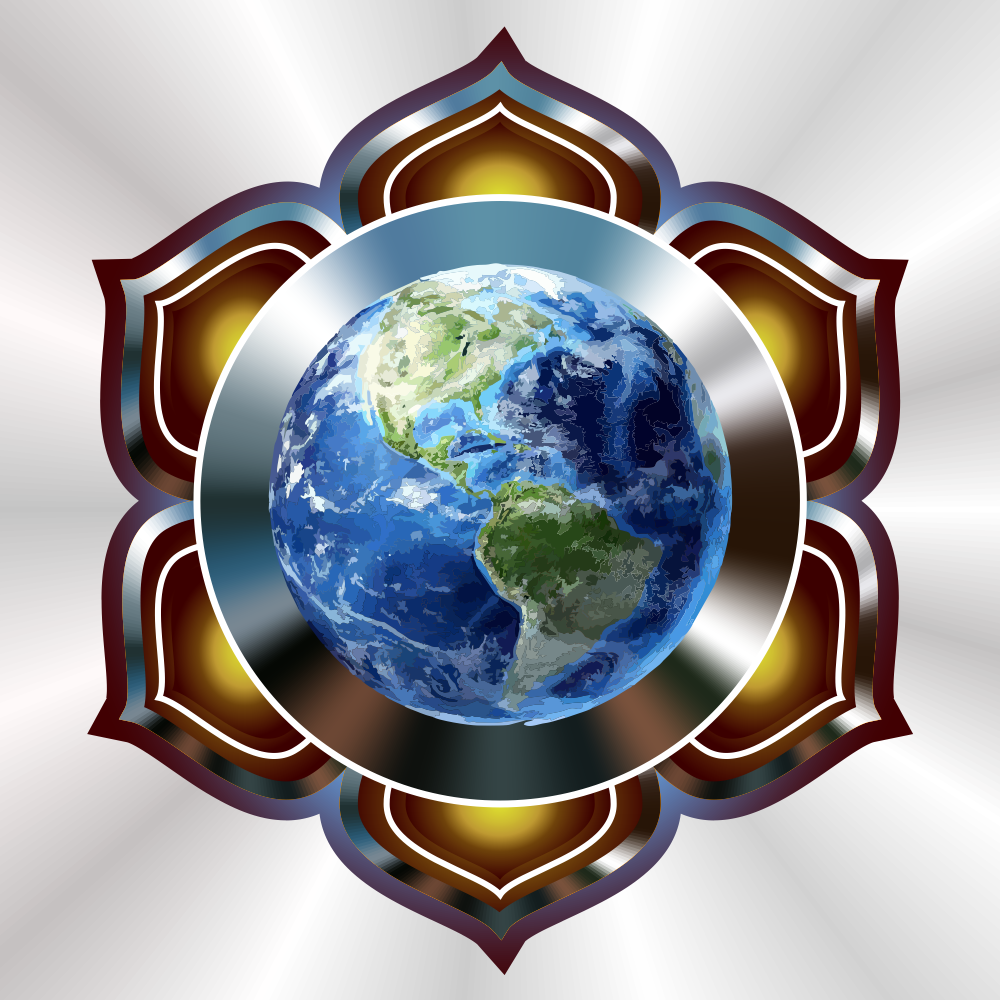
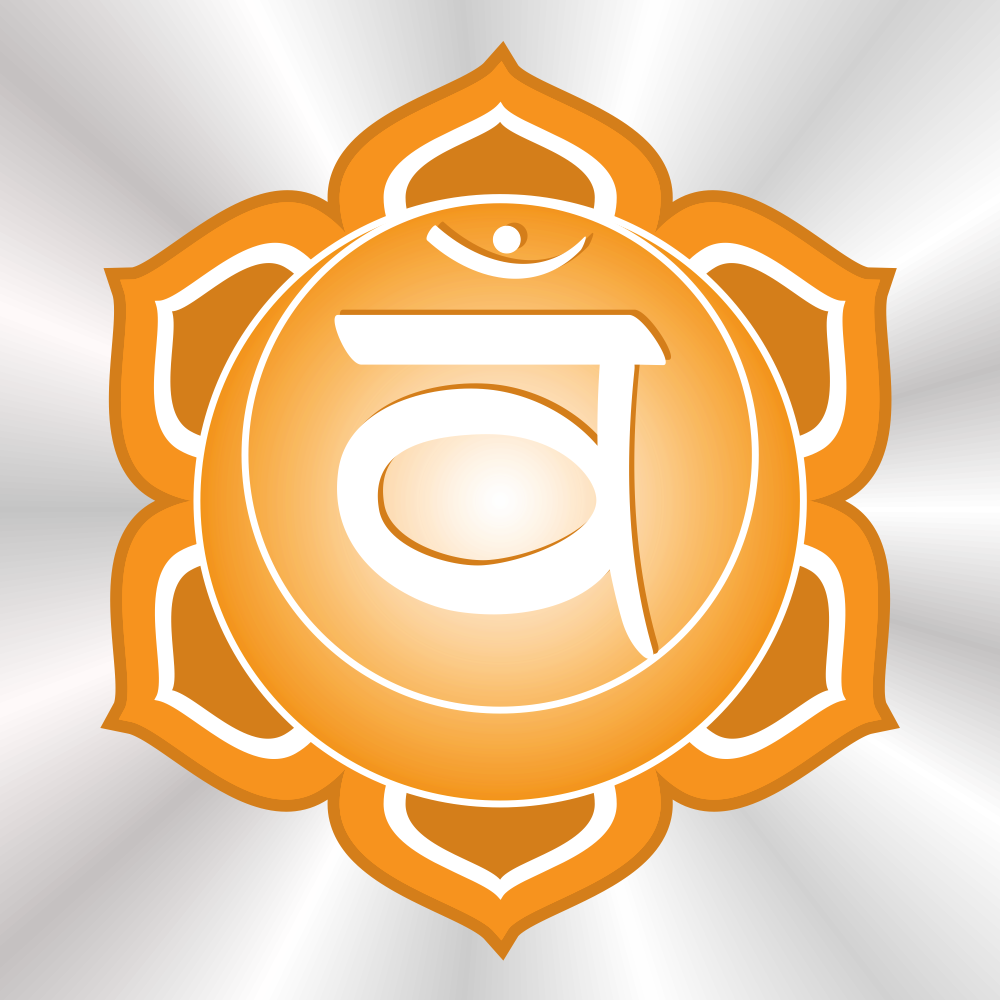
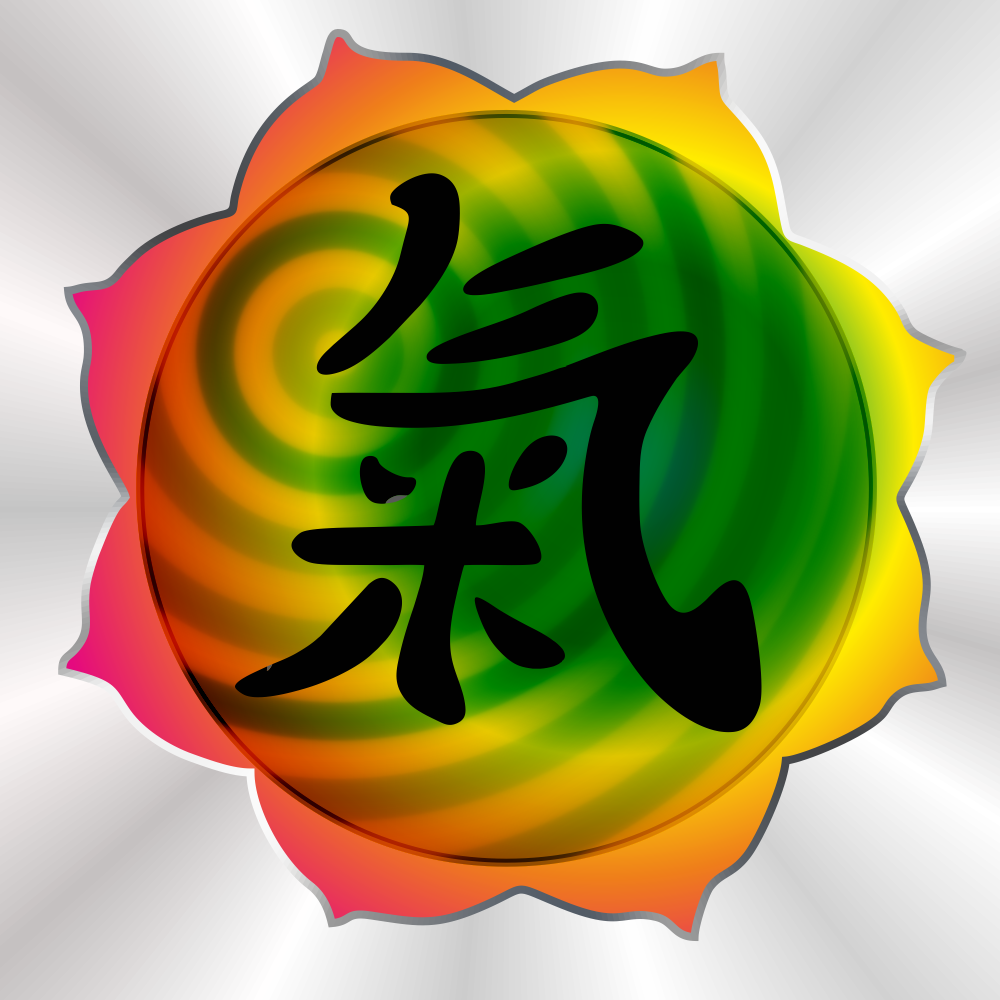

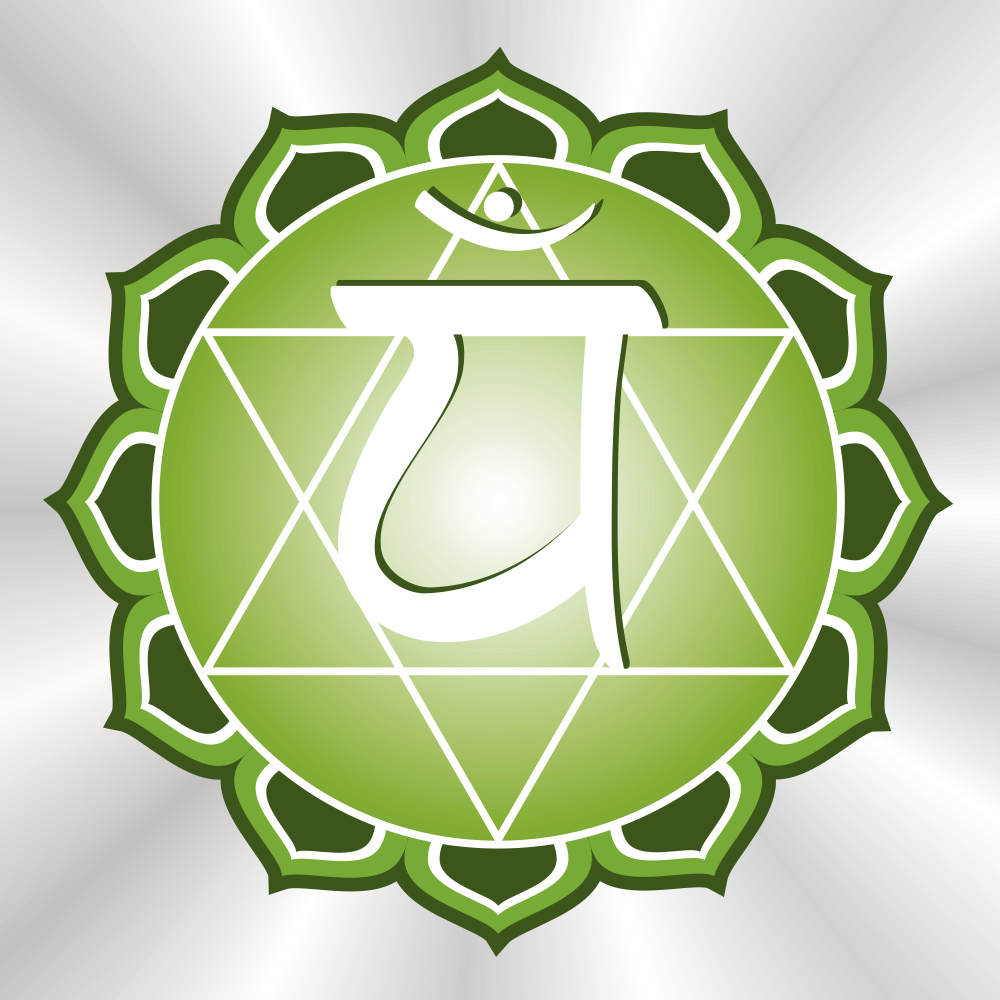
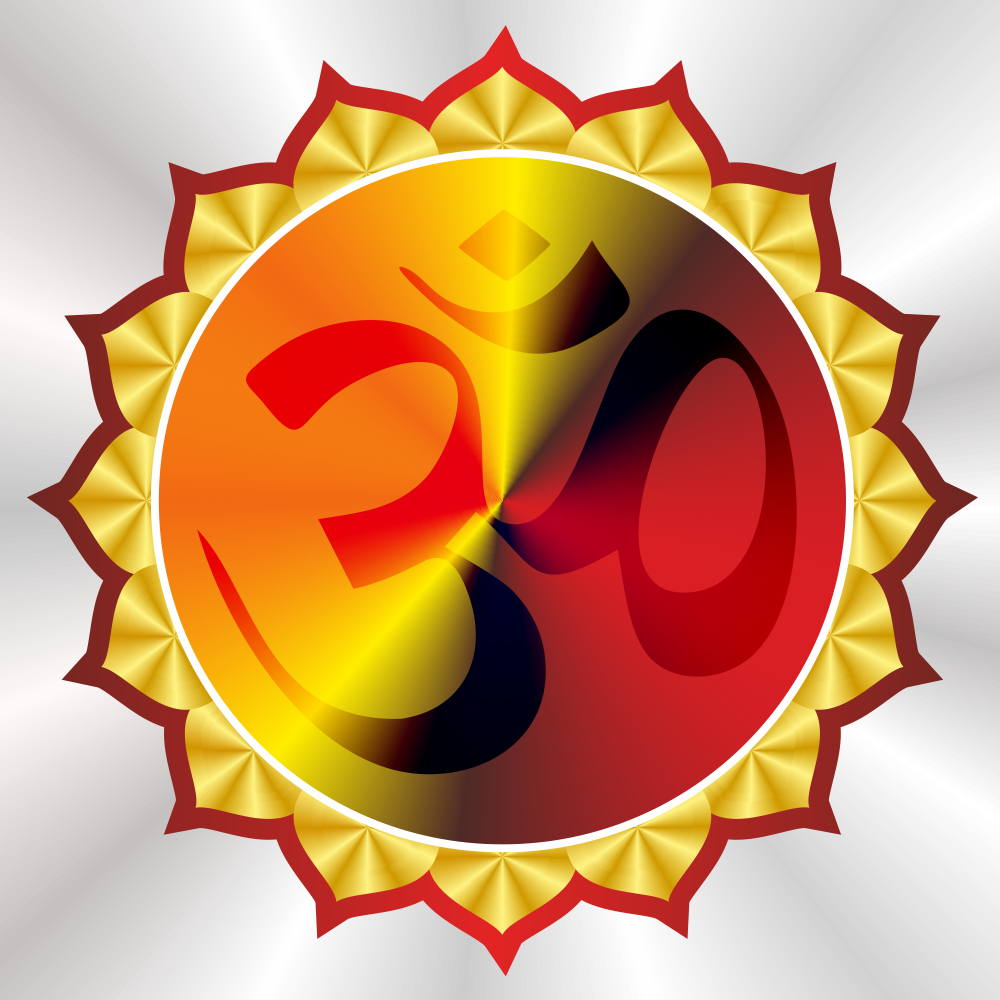
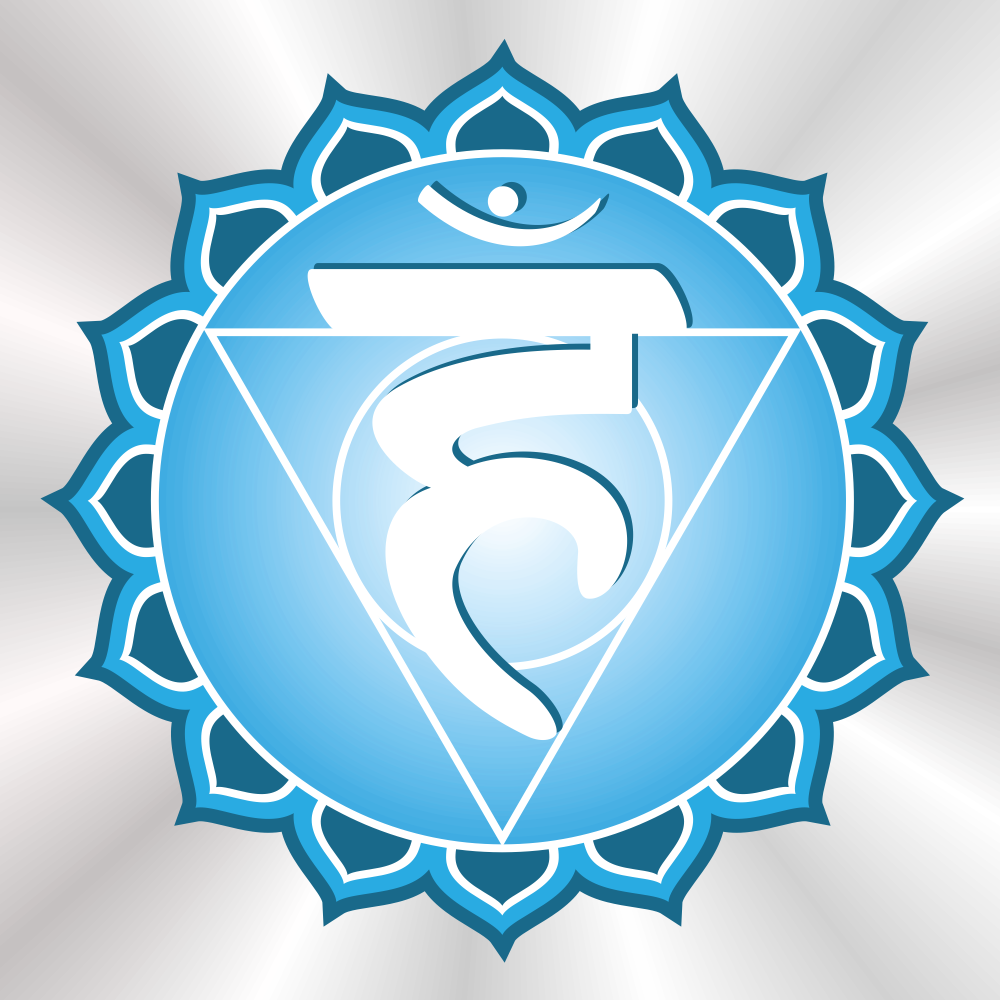
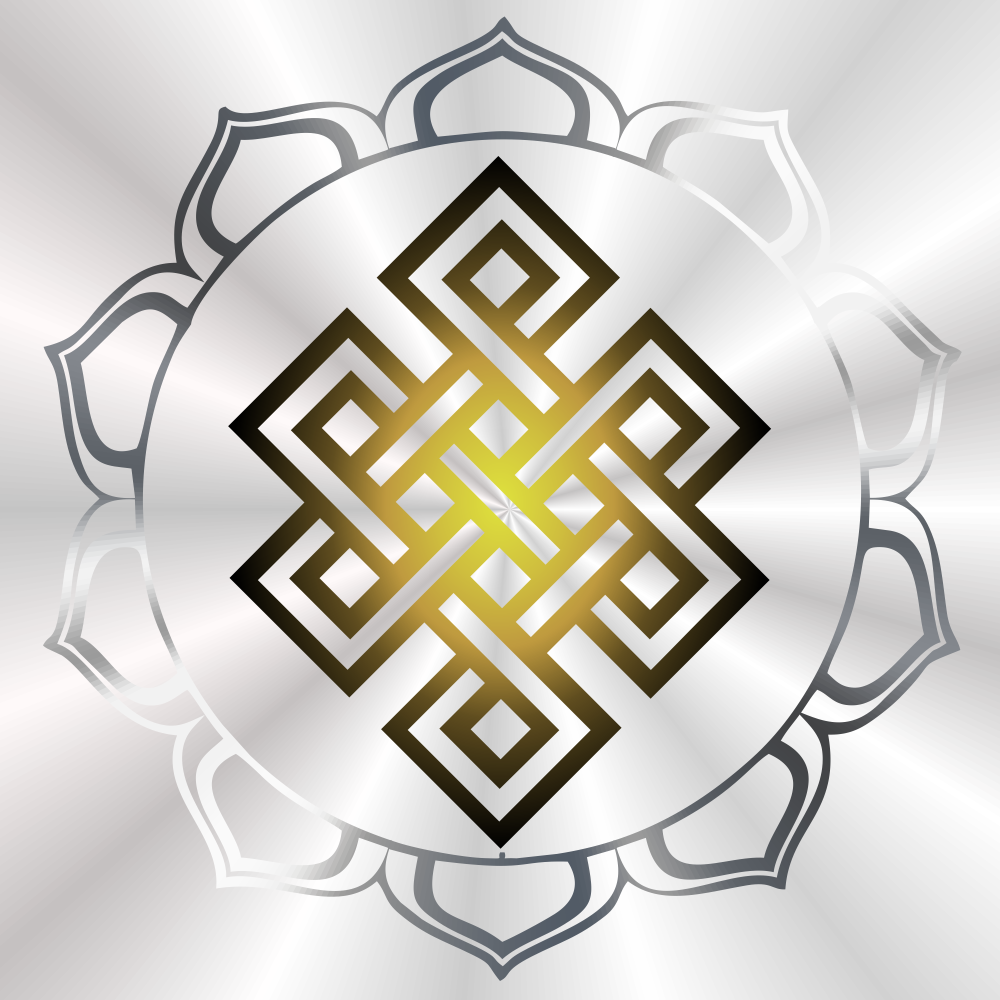
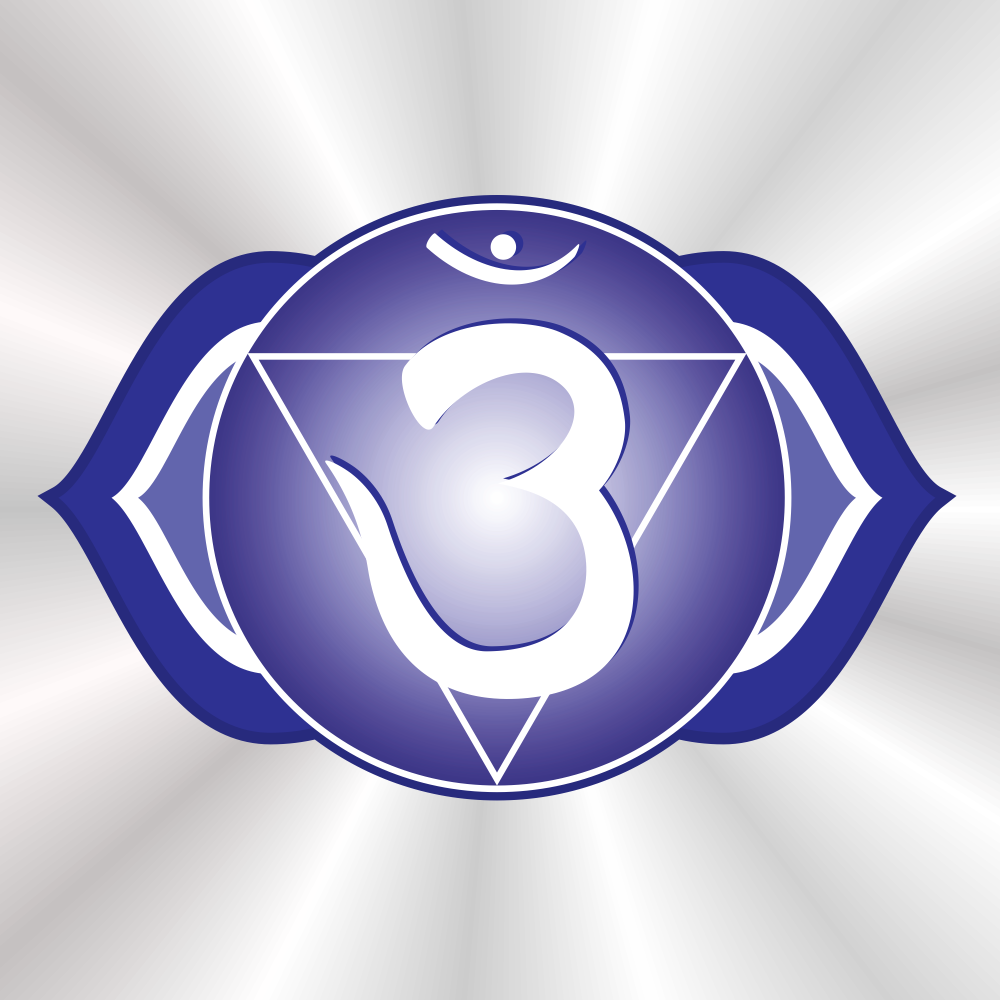
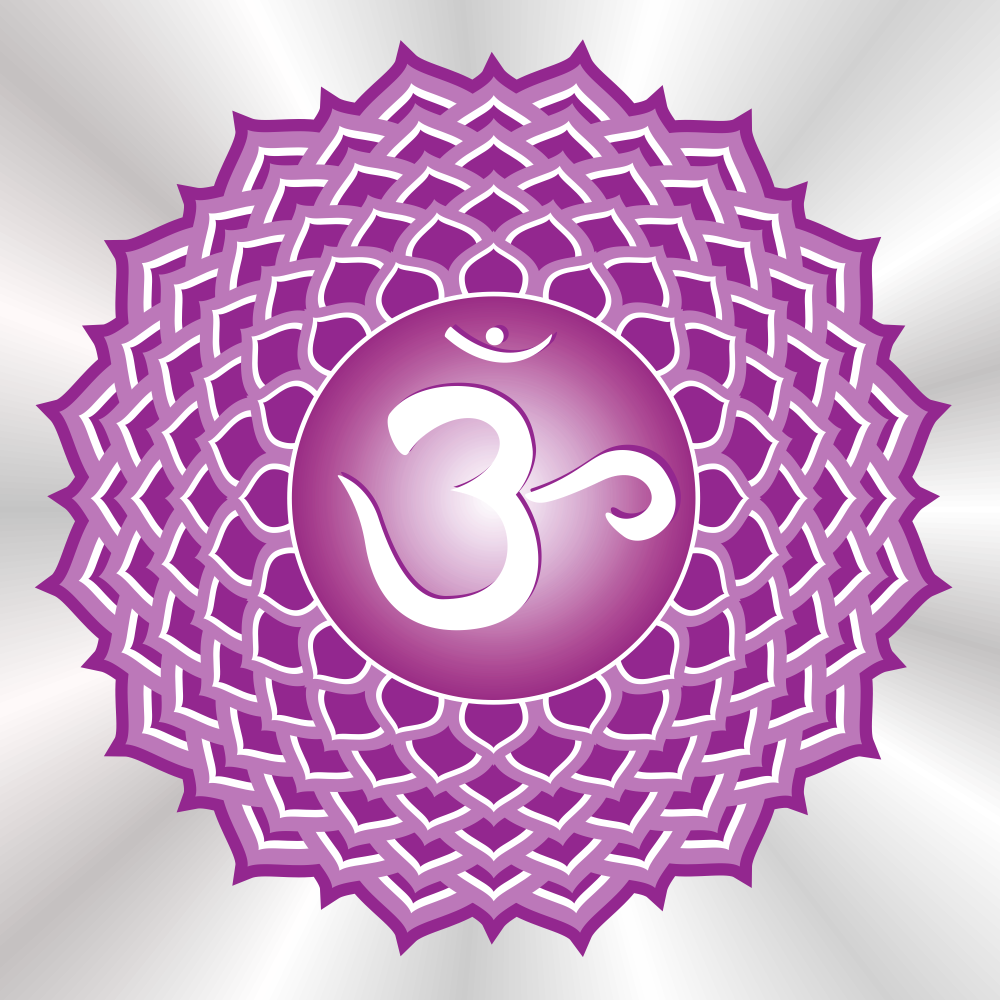
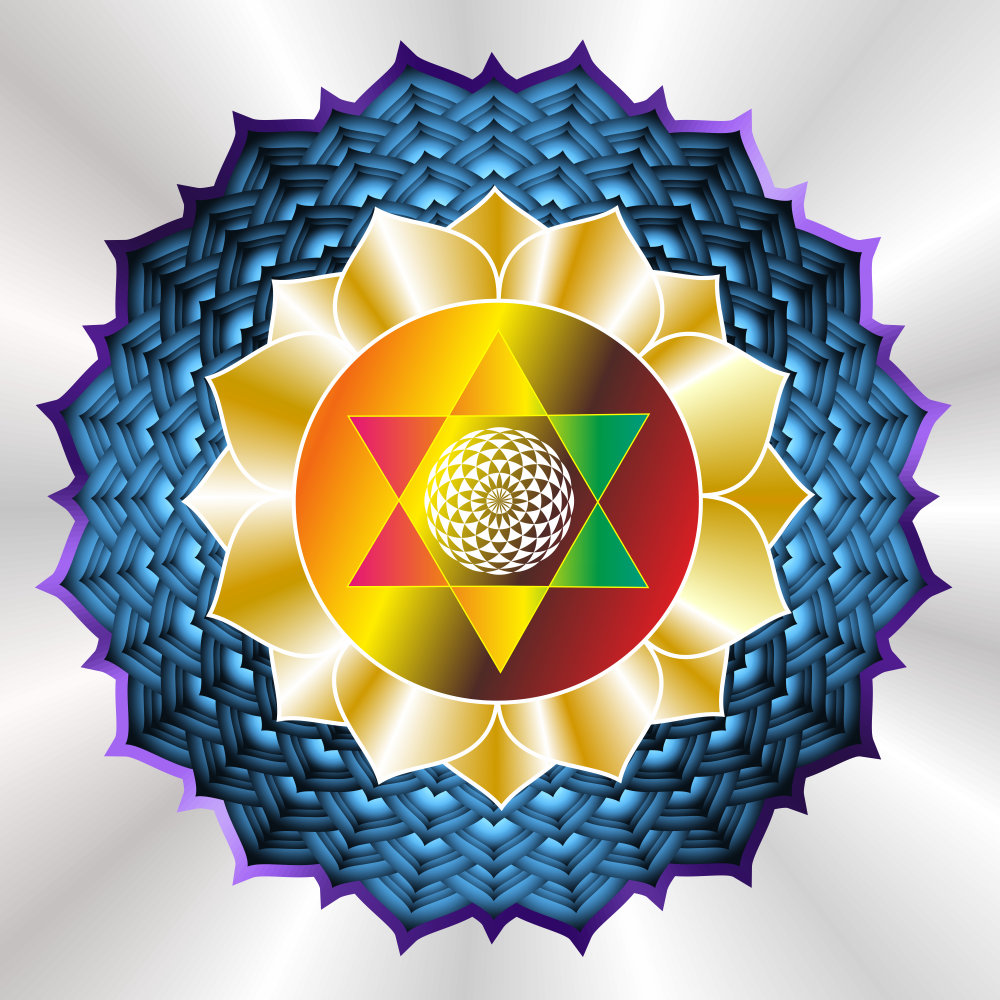
Chakra Frequencies

Root Chakra
256 Hertz
Sanskrit: Muladhara
256 Hertz is the base resonance frequency of the root chakra.
The root chakra is the connection with the physical body, the physical world, the energies of the earth and generally determines our relationship to the material level of life.
The main theme of the root chakra is security and stability and since it is the first and the lowest chakra, it is of enormous importance.
The root chakra is the foundation and basis for our existence and development as a soul in a body.
It is the bridge to the physical world, the soul’s admission of the experience of being incarnated.
The root chakra is associated with our basic instincts and our basic personal and physical needs for life and survival.
Its strong connection to legs, feet and the skeletal system is, so to speak, the manifestation of its essential theme: fully embodied, stable and secure in life.
A special feature of the basic chakra is that the Kundalini energy rests in it and can be awakened.
Only the complete ascent of Kundalini enables an irreversible transformation of consciousness and the permanent transition into an enlightened state.
The root chakra is a primary chakra.

Earth Star Chakra
272 Hertz
272 Hertz is the base resonance frequency of the earth star chakra.
The earth star chakra is the connection of every person to the earth.
This chakra is supposed to connect people with the forces of the earth and fulfill an important function for grounding.
The earth star chakra is like an anchor. It gives the etheric and astral body a feeling of stability, networking and consciousness.
It gives us access to natural healing and converts „negative“ energy from our body.
The earth star chakra supports the root chakra. It is not a part of the physical body like the primary seven chakras. It is part of the etheric body.

Sacral Chakra
288 Hertz
Sanskrit: Svadhisthana
288 Hertz is the basic resonance frequency of the sacral chakra.
The sacral chakra represents the creative flow of pure life energy, our relationship to liveliness and our passion for life. It also plays a central role in expressing and feeling emotions.
The sacral chakra is about the sensual experience of life, touching and tasting the world. Here it is our wish as a soul to deal with life joyfully, to participate in the creative game of life energy. The purest forms of vitality, joie de vivre and emotional self-expression are part of the level of experience of the sacral chakra. In the sacral chakra we express our deepest need to let our life energy flow, to express ourselves, to experience life, to live our creative power.
The sacral chakra represents our experience as creative, joyful life energy. The connection of the sacral chakra with the gonads and the internal genital organs is the external manifestation of its connection with the creative power of life – the ability to become the channel for life.
Sexuality is just one aspect of the joyful, sensual and creative expression of our life energy and our need to experience and touch the world. Emotions are another important aspect, only through our emotions, the earthly experience really, real for the soul, only the emotions enable a sensual, direct, intense and colorful experience of the world.
The sacral chakra is connected to the element water and the organs that regulate the water balance in our body – another external manifestation of the flow of life energy. It is the sacred chakra that stimulates the etheric and physical bodies. The sacral chakra is therefore responsible for our vitality and general health.
The sacral chakra is a primary chakra.

Navel Chakra
304 Hertz
The Navel Chakra stands for self-confidence, power steering and inner balance.
It produces chi. It affects the ability to absorb, distribute and assimilate prana.
Chi is used extensively by the body to heal and improve itself.
Since it is responsible for maintaining the body, the umbilical chakra is also associated with beauty.
Psychologically, the navel chakra is the center of the knowledge instinct. For example, a martial artist instinctively knows what to do when faced with an opponent.
This center is closely related to feelings and emotions of various kinds. The corresponding astral center gives on awakening the power of feeling and an increased sensitivity to all kinds of influences.
However, this sensitivity cannot be compared to the skills of seeing or hearing. When the etheric center becomes active, the shift in the physical body begins to become aware of astral influences.
It starts with vague feelings of kindness and hostility, or that some places are comfortable and others uncomfortable without really having a clue as to why those feelings are occurring.
The answer is that the psychological functions of the umbilical chakra become active.

Solar Chakra
320 Hertz
Sanskrit: Manipura
320 Hertz is the base resonance frequency of the solar chakra.
The solar chakra is the seat of our self-image as a person, it is the domain of all your identities.
In spirituality this often has the negative connotation of „I“ – wrongly, because you cannot transcend anything that you have not fully integrated beforehand. Accordingly, developing a healthy, powerful personality is an important step for sustainable spiritual development. It is this personality that ultimately becomes the vessel for the soul through which it can express itself in the world.
The Sun Chakra is primarily connected to our digestive organs – a manifestation of its energetic function. Here our experiences and more complex emotions are „digested“ and brought into a mental structure. Here are the foundations for mental thinking through which we consciously and unconsciously process our experiences. This process creates a mental structure of thought forms and beliefs that become our self-perception as personality.
An identity as a person is built around our life experiences – in fact, it is more of a complex collection of different identities. The solar chakra is the access to our inner identity in the form of stored experiences and fears, deeply rooted, unconscious thought and behavior patterns.
A main theme of the solar chakra is power and strength – at best in the form of self-confidence, clarity, integrity and the ability to act as a person.
The solar chakra has a strong influence on our basic energy balance.
The solar chakra also hides our need and our drive to bring our own ideas into the world and to implement them there, to master challenges, to test ourselves. In the solar chakra lies the power for change, for discipline and self-transformation, but also the need for control.
The solar chakra processes our subconscious and thus also our gut feeling and is therefore also referred to by some as the “stomach brain”. In a broader spiritual sense, a fully open solar plexus chakra enables access to the morphogenetic / morphological field.
The purpose of the solar chakra is to see – to look out into the world and to compare it with the self-image. This also applies in a much more energetic way: through the sun chakra we can perceive the surrounding emotional-mental field, we intuitively grasp the energy in our family, our circle of friends or the true feelings and thoughts of our interlocutor through this type of spiritual vision.

Heart Chakra
352 Hertz
Sanskrit: Anahata
352 Hertz is the base resonance frequency of the heart chakra.
The heart chakra processes the experiences of love and the related fine feelings and sensations. These feelings include love, compassion, devotion, sadness, pain, and gratitude.
The heart chakra develops our ability for unconditional love and devotion. Through the heart chakra we recognize the true nature of duality and love. Here in the heart is the pure, universal love of our soul at home, which can accept all people and events with non-judgmental acceptance. In the light of this love we feel our innermost truth and learn to recognize it without judging it.
On the physical level, the heart chakra is connected to the heart and lungs. In the polar nature of these organs we can see a strong symbolic force: the space that the heart chakra opens for us is beyond inhalation or exhalation, beyond tension and relaxation, it is the space in which all these things happen. Space beyond duality. Through the heart chakra we connect with the unconditional love of oneness, which underlies all appearances. As invisible as the air, which is the element of this chakra, we can feel this unity behind things.
The heart chakra is also the chakra of relationships of true love. While the sacral chakra is about simple emotional relationships, the heart chakra opens the complex world of human love. Here, too, the heart and lungs, with their play of inhalation and exhalation and heartbeat, symbolize the play of relationships in polarity and duality.
Experiences of giving and receiving, of loving and being loved, of the ecstasy of love returned, but also of the pain of rejection and loss prepare you for a deeper level of love, the spiritual love of the soul and divine cosmic love. The relationship extends to all levels of our existence as an incarnated soul: the relationship with partners, the relationship with the world, the relationship with creation, with God and with ourselves and with our own soul.

Soul Star Chakra
360 Hz
360 Hertz is the base frequency of the soul star chakra.
The soul star chakra is the most enigmatic and at the same time the simplest chakra. It serves the development of the true nature of man.
Here the connection between I, soul and God is canceled.
It does not submit to any other chakra, it plays in a different league, it is incomprehensible. Nobody can explain this chakra.
It is your real home and the gateway to paradise.
Here you can survive and decide for yourself about your connection to God. Maybe you will see that you are one with God.
You are not an ego, you are not a soul.
If you can say, I am who I am, then you are on your way.

Throat Chakra
384 Hertz
Sanskrit: Vishuddha
384 Hertz is the basic resonance frequency of the throat chakra.
The throat chakra is the chakra of expression, purity, alignment and truth. His main function is that of a translator.
The throat chakra is the source of our understanding and communication skills.
It enables us to find our own truth and share it with our environment.
It expresses the uniqueness and individuality of our soul, through communication, but also through creative self-expression in the world – through song, art, dance, music, drama, literature.
Here is the seat of truth, of wisdom.
People whose throat chakra is open can freely express themselves and their truth, their feelings, thoughts and attitudes by fully accepting their own weaknesses.
They are particularly good listeners because they can understand not only themselves but also others from the higher perspective.
They are also good at improvising and are open to any kind of inspiration. These people speak clearly and can get things to the point in a short amount of time.

Causal Chakra
426 Hertz
426 Hertz is the base resonance frequency of the causal chakra.
The causal chakra is related to karma.
Karma is the sum total of all actions, activities or thoughts that we have ever made in this and any other life.
If you are looking for a reason why this or that happens to you in life for which you cannot see a reason, then meditate on this chakra. It will be able to show you a connection.
If you want to make amends, this chakra will remove the karmic debt.

Third Eye Chakra
432 Hertz
Sanskrit: Ajna
432 Hertz is the base resonance frequency of the third eye chakra.
The third eye chakra is the seat of the consciousness, the higher spirit and the inner vision.
As the unconscious sways back and forth between the lower chakras, the awakened consciousness is anchored in the transcendental presence of the frontal chakra.
When all other chakras are open, the development is complete and the human being finally opens to divine consciousness and the higher dimensions.
Through the third eye chakra we receive the guidance of the soul through intuition, which is why it is also called the “door to the soul”.
It is the gateway to higher spiritual experiences and true cosmic love.
Good, but what use is the chakra in everyday life?
The chakra is responsible for the mind. Everyone knows how hard it can be to calm down in your head. Strictly speaking, thoughts come from outside of consciousness and deal with their content. If you want to turn this off, realize how powerful these thoughts are.
And here our angel joins the piece. He drives back the thoughts, builds up a defense, he helps us to meditative silence.

Stellar Gateway Chakra
448 Hertz
448 Hertz is the base resonance frequency of the stellar gateway chakra.
20-25 cm above the top of the head appears the stellar gateway chakra appears in white with light gold components.
As the name suggests, this energy field provides access to the stars, to the home of the gods. A spiritual synchronization center on the universal path aligns all events in life in time and content and opens a spiritual connection to the universal being. One goes on the journey to God.
The prerequisite for activation is the dissolution of ego structures, of personality patterns.

Crown Chakra
480 Hertz
Sanskrit: Sahasrara
480 Hertz is the base resonance frequency of the crown chakra.
The crown chakra then connects man with the Divine and the Cosmic, the Great Whole. It is located outside the physical body and is the seat of the consciousness of oneness.
Through this connection to the Divine through the crown chakra, we attain the highest form of knowledge and wisdom – knowledge through fusion and oneness. A fully opened crown chakra means complete transcendence of identity as a single person – this is what we generally mean by the term „enlightenment.“ The true self appears. One is not only at home in the realm of the gods, but one begins to belong.
The resonant age of the crown chakra is between the ages of 26 and 30, but it is not truly opened until the kundalini force has been activated. In most cases, it is activated only to the point where minimal energy absorption can take place.
Further development of the crown chakra is only possible when all other chakras have been activated.
The Seven Main Chakras
